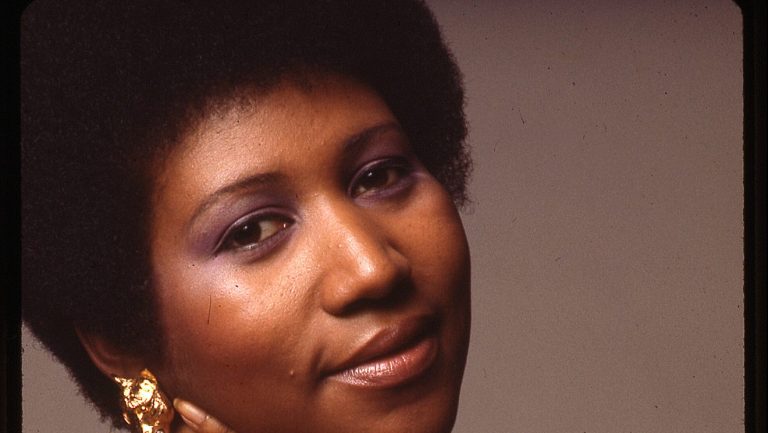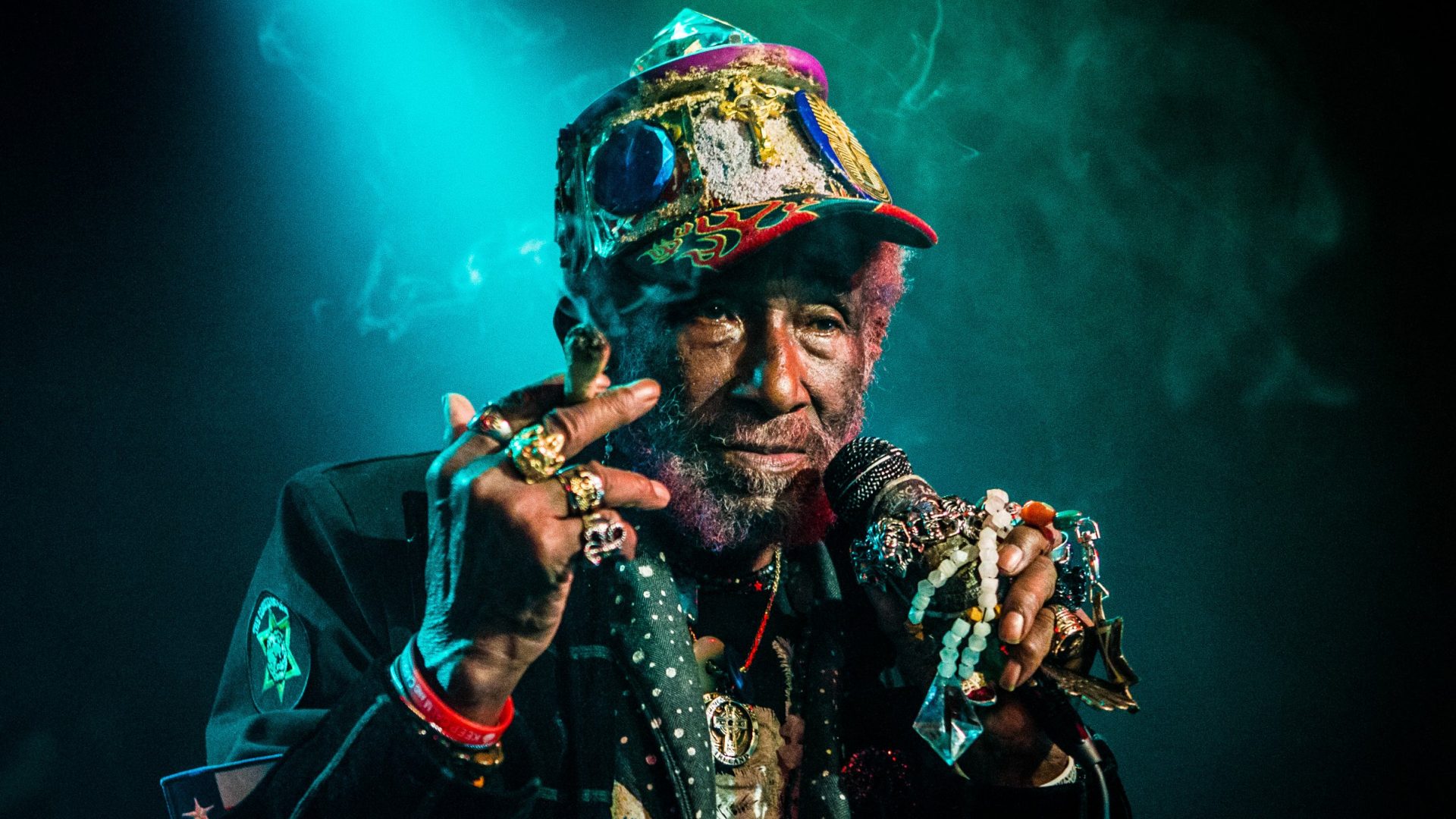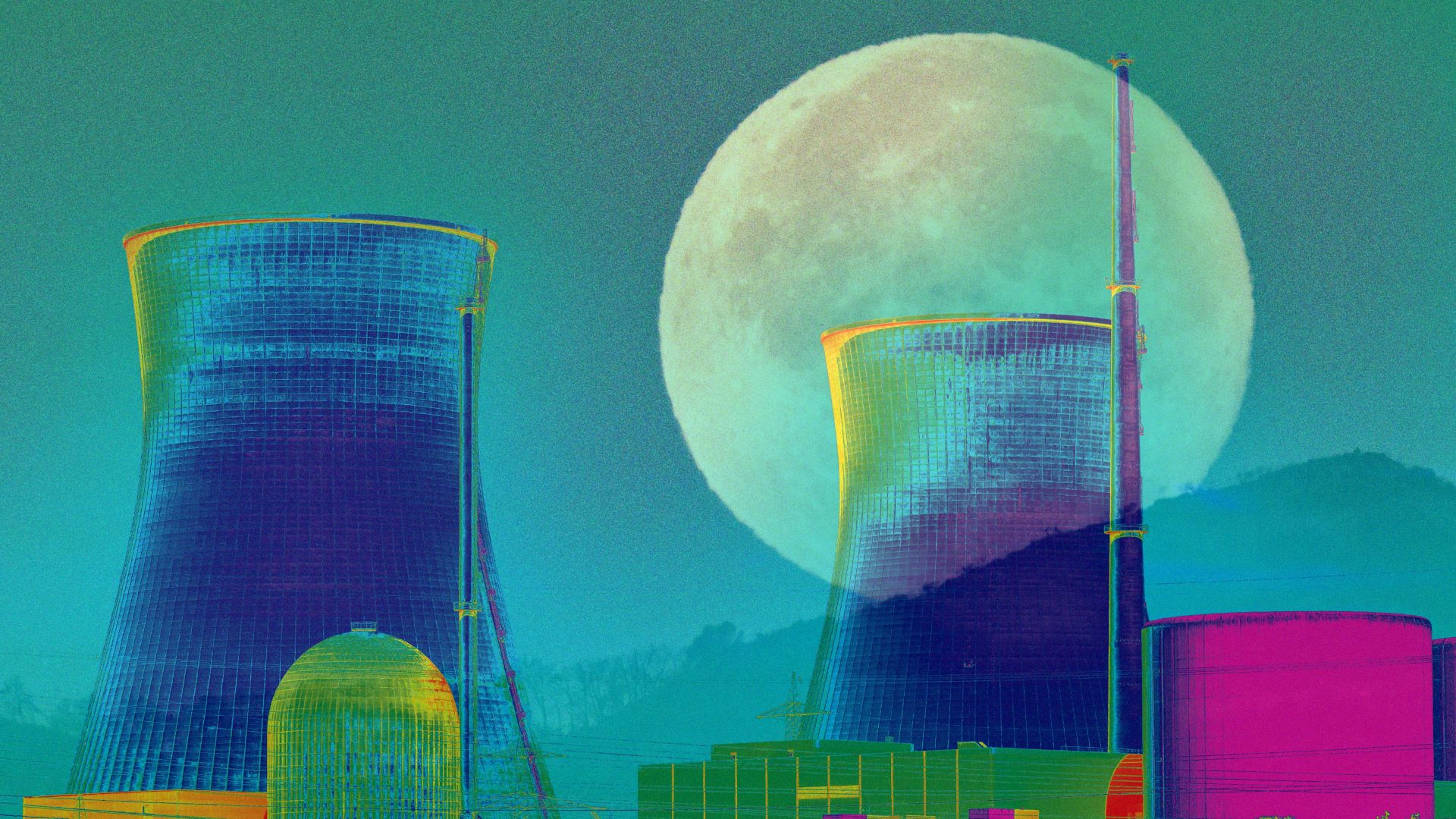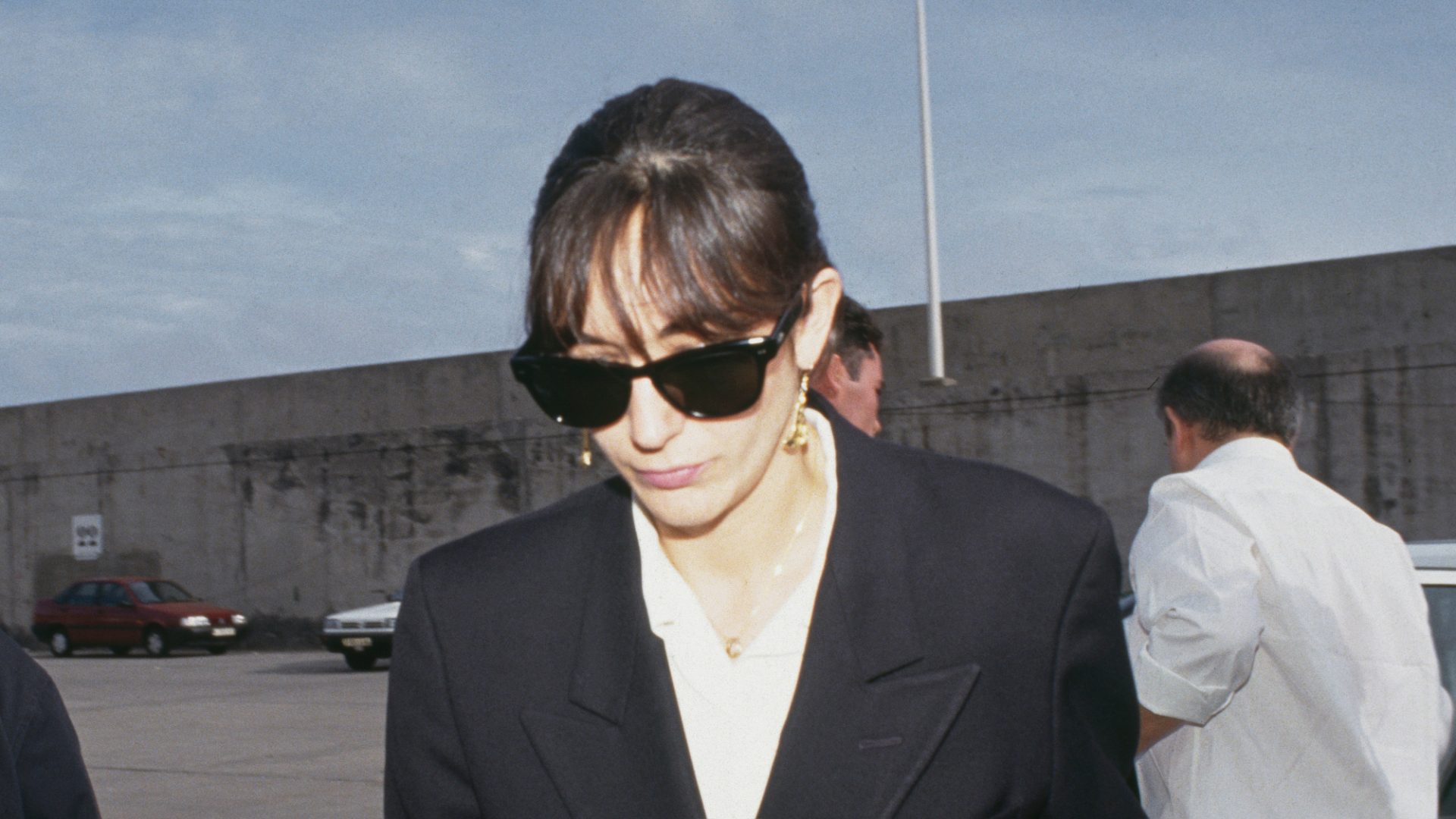It was the place in which Lee “Scratch” Perry had become one of the most famous and influential music producers in Jamaica – and the world. It was where he had taken creative leaps with sonic production that no one else had ever dared. And now it was on fire.
The Black Ark studio, the four-track recording facility Perry had built in 1973 in his own back garden in the hills above Kingston, Jamaica, was undeniably low-end. Yet such was Perry’s novel approach to recording, the music he made there sounded like nothing else on earth. On one occasion, he buried mics beneath a palm tree which he proceeded to pound on rhythmically, creating a sound like a bass drum being struck by Mother Nature herself.
He was possibly the first person to grasp that the recording studio was itself a device for the creation of music: that the mixing desk was an instrument, not merely a console. That insight, and the new approach to production that it implied, paved the way for all those other studio-based forms of music that were to follow, including drum ’n’ bass, house, techno and hip hop.
Some of the most famous artists in the world recorded with Perry. Gregory Isaacs, Max Romeo, Joe Strummer, Robert Palmer and Paul and Linda McCartney had all sought out his unique production ability. He had also recorded masses of his own material, not least the songs that comprise Super Ape, arguably the greatest of all dub reggae records; dub being a genre Lee could rightly claim to have invented.
But now, in 1979, the Black Ark was burning down. After the flames had consumed it completely, Perry said he’d done it himself. The place, he said, had become infested with “unclean spirits”.
It’s unclear whether Perry had really burned it down, or whether bad spirits were really anything to do with it – he had come to the attention of local gangsters, and it was suggested the fire and feigning insanity were the only ways he could get them off his back. And as with so many things in Perry’s life, the border between truth and fantasy was hard to define.
Born Rainford Hugh Perry in Hanover parish in 1936, Lee started out as a dancer, before moving to Kingston where he got a job with Clement “Sir Coxsone” Dodd, who had taken his nickname from Alec Coxon, the 1940s Yorkshire cricketer. Dodd had set up the first black-owned studio in Jamaica, Studio One, and surrounded himself with talented artists, including a band known at the time as the Wailing Wailers, who had just put out their debut single Simmer Down on Dodd’s label.
The band was fronted by a young Bob Marley, who Perry saw immediately that he could help. “Bob didn’t have anything spiritual going on,” he once reflected. “The first records we made together… they had no spirit in them. Bob had a Duppy [an unlucky spirit], so I thought ‘let’s conquer his Duppy’ and so I wrote Duppy Conqueror for him.”
Suggested Reading

Aretha Franklin, the Lady of Mysterious Sorrows
Marley threw in completely with Perry, even taking up residence at his house. Throughout the 1970s they co-wrote and produced a string of albums, among them Soul Rebels, a haunting, emotionally charged record, whose sparse angular production style, underpinned by a propulsive, chugging rhythm section, was a perfect vehicle for Marley’s voice.
The two would later split in a disagreement over money – Perry fell out with a lot of people in the music business – and Marley would go on to sign with Island Records, and to achieve global fame. Perry, meanwhile, retreated to his Ark.
Generating 20 new tracks a week, the Ark was equal parts temple, artists’ retreat, experimental laboratory and round-the-clock factory. But with the owner operating on a diet of rum and ganja and getting next to no sleep, it seemed only a matter of time before the ship took on water.
Eccentric even in his sober moments, Perry’s drug intake and the unwanted attention of the police and local gangsters formed a perfect storm of paranoia. An offer to record with the Clash in England provided some respite. “It was great fun,” said Perry. “They were looking towards me like how the Children of Israel were looking towards Moses”. He also took the chance to record “Punky Reggae Party” in London with his former lodger, Marley.
But in the end Perry had to return to Kingston, to a home filled with Rastafarians and clouds of marijuana smoke. Not only that, but his wife had left him for one of his session musicians and his UK label refused to release his latest record.
And so it came to pass that the Black Ark was engulfed in flames. And Lee Scratch Perry, who may or may not have lit the match, claimed that it burned “because the studio had been polluted with unholy spirits and fire is the higher power that can burn evil.”
He took up residence in Switzerland and would go on to make music with the Beastie Boys, the Orb, Keith Richards and George Clinton, winning a Grammy in 2003 for his album Jamaican ET. He was also the subject of a documentary, The Upsetter.
At one moment in the film, Perry reflected on the Ark, the creative centre that he had created – and possibly destroyed. He didn’t have any regrets.
“When I build a studio like that, I’m building myself a church,” he said. “I see myself rebuilding the temple of King Solomon. That’s why I build it.”



